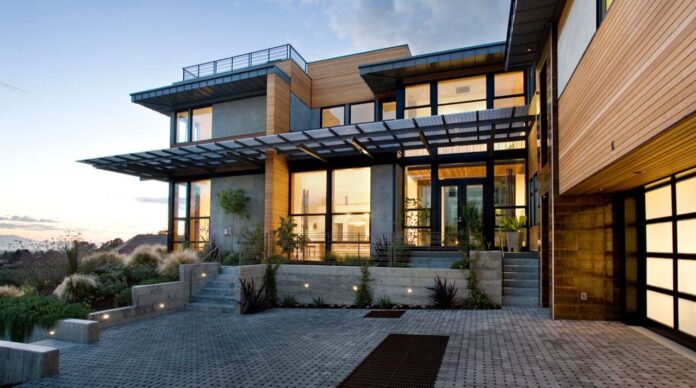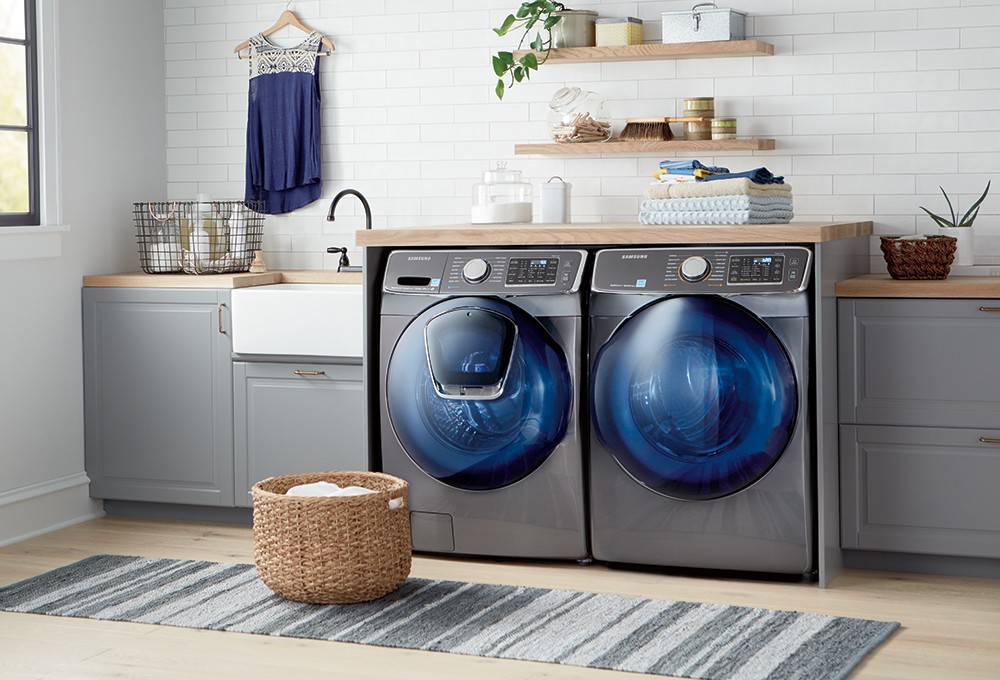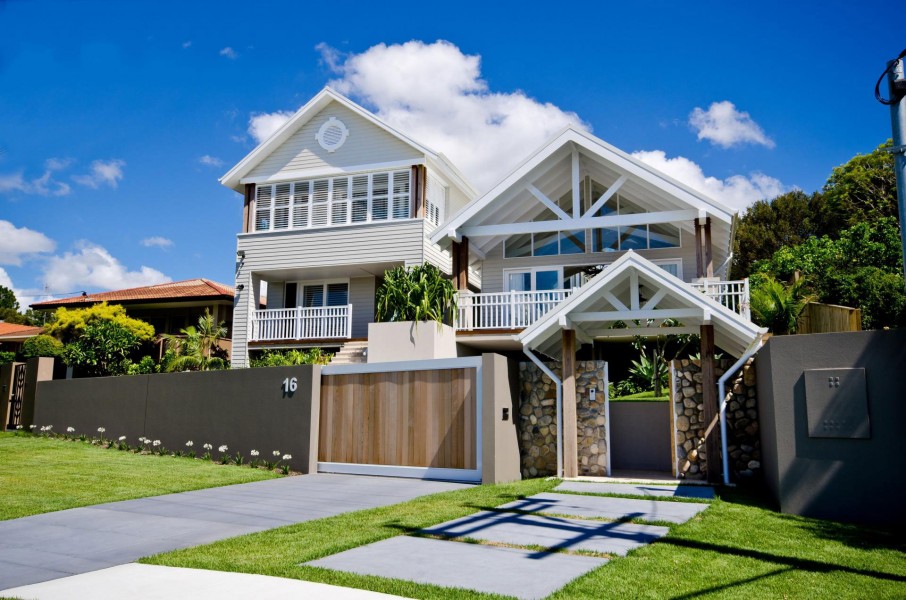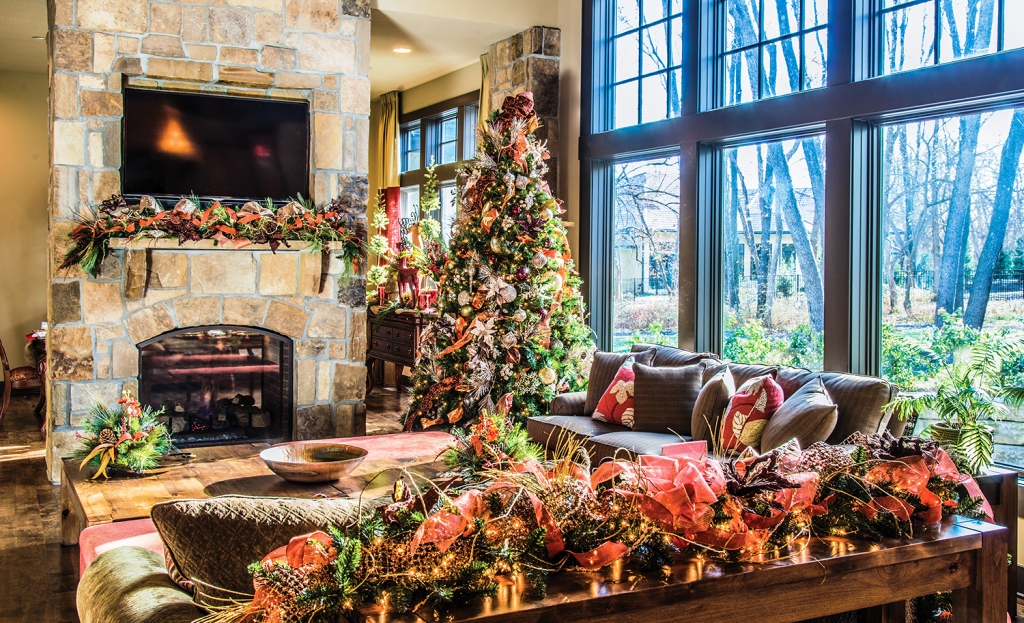There are a lot of things to consider when designing your dream home. Location is a key element, as is size, style and color. Those are all important factors that will contribute to the look and feel of home. Another important element that should not be over looked is energy efficiency. In today’s market of rising costs, energy efficiency is slowly climbing to the top of many homeowner’s lists, and for good reason. There are far more options available today than ever before. So before you sign off on the blueprints, consider these important energy efficient elements.
Orientation
What does orientation have to do with energy efficiency? Turns out, a lot! The direction a house faces can have a dramatic impact on energy usage and efficiency throughout the day. A home where the windows face east and west can have major temperature fluctuations throughout the day, especially in certain seasons. It may feel good to have direct sun in the morning or afternoon in the middle of winter, but can be downright stifling in the middle of summer when it is 90 degrees outside and the air conditioning is fighting to keep the house cool. Obviously, it can be difficult to shift sun exposure to your liking but there are some design considerations that can help. South facing rooms are generally good for all day light so living spaces are ideal for this angle. East facing rooms get morning sun but are cool in the afternoon making them ideal for bedrooms and kitchens. West facing rooms are hotter in the afternoon so avoid bedroom and kitchen exposure if possible or they could be uncomfortable. And typically, north facing rooms should be utilitarian, such as the garage or bathrooms since they get the least amount of light.
Energy-efficient Appliances
Some people focus on the overall insulation or materials used when considering energy efficiency, but a big part of your home energy bill is the appliances that run inside of it. Washers and dryers, stoves and ovens, refrigerators, dishwashers and so on all contribute to the overall efficiency of a home.
Fortunately, almost all appliances now come with an energy efficiency rating so you can compare directly with other features and brands to make the best decision for your needs. They can not only save money, but most energy efficient appliances also reduce air pollution and can increase resale value as well.
Lighting
This can be a big one, depending on how many bulbs you really have throughout the house. According to recent statistics, 15% of a home’s annual energy costs come from lighting. Fortunately, there are many ways to control that expense today. One of the easiest ways to control lighting costs and have a more energy efficient home is to replace standard incandescent light bulbs with energy efficient versions.
There are three different kinds to choose from: halogen incandescent, compact fluorescent lamps (CFLs), and light emitting diodes (LEDs). Each have a different cost and life expectancy and some can only be used in certain ways (such as dimmers- only certain bulbs can be used then) so you’d need to evaluate your fixtures, how long you need them to last and your price range to select the right fit. Other ways to control the energy output of your lighting is to install timers to turn on and off at a certain time, sensors that will turn off lighting when no movement is sensed for a certain amount of time, or dimmers that allow you to adjust the light output depending on need or time of day. Singularly, either of these will work, but combining these two strategies can definitely increase your home’s energy efficiency and curb costs.
Insulation
One of the most effective energy efficient design considerations is insulation. Not having enough insulation can not only have a negative effect on your comfort, but also on your wallet. Insulation in the ceiling/attic, walls, and even under a concrete slab foundation or through applying window film on your windows can have a dramatic effect on the home staying warm or cool without turning on heat or air conditioning. Good insulation regulates and stabilizes the homes internal temperature, regardless of the elements outside. This regulation can lead to big cost savings and high energy efficiency especially in places where outside temperatures are at either extreme. A house that can maintain the level of heat in the winter and cool in the summer can also be a lot more comfortable overall, on top of the energy savings it provides.
These are just some of the energy efficient things that a homeowner should consider when designing a home. While any one of these things can have an impact on energy usage and cost, combining them can lead to an even more exponential effect on the power bill and the environment. There are still other ways to boost a home’s overall energy rating, but these are basic and very effective methods that should be explored from the very beginning.






















